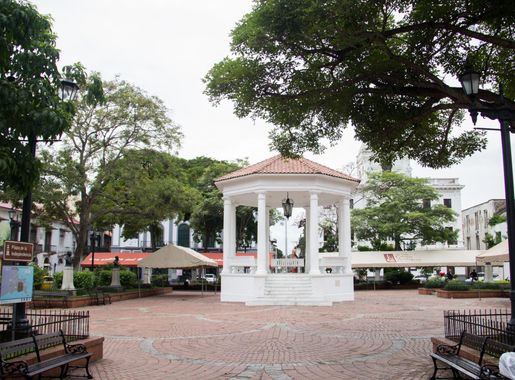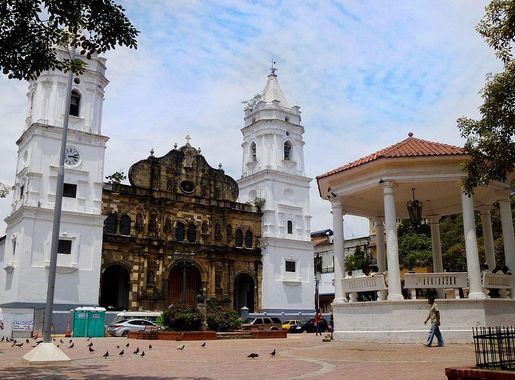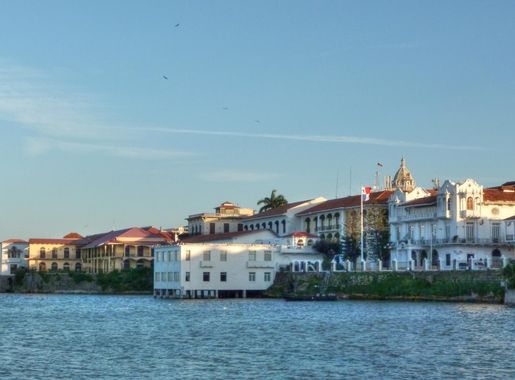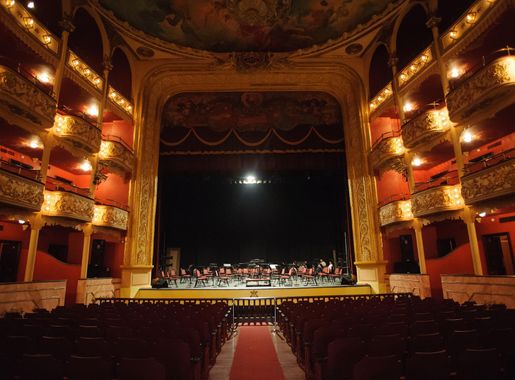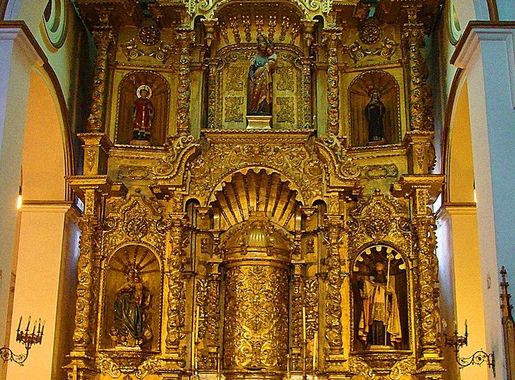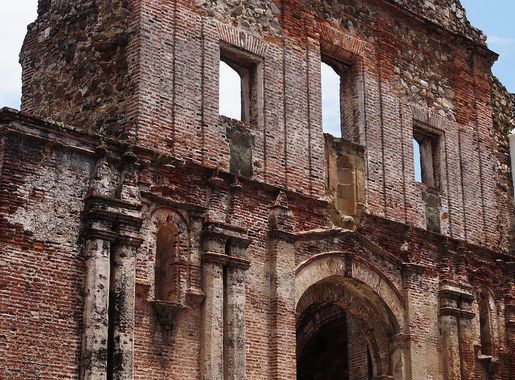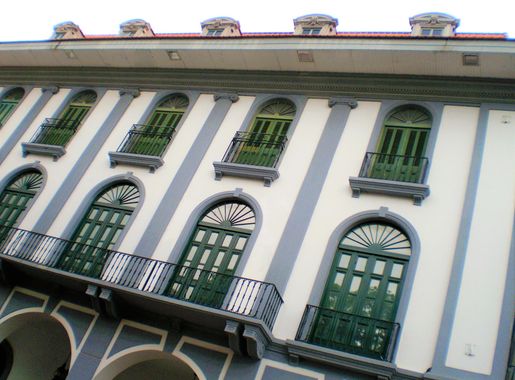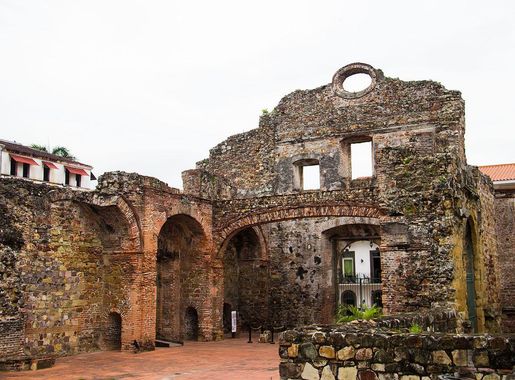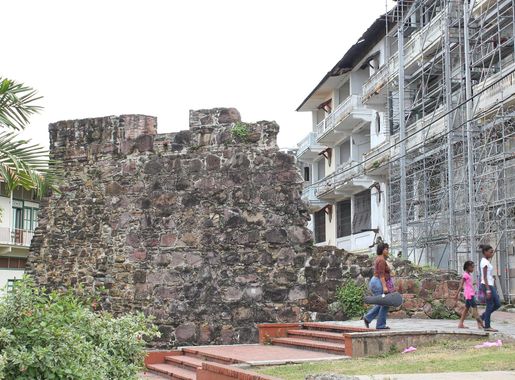
The Historic Charm of Casco Viejo
Discover Casco Viejo: Panama City's Historic Heartbeat, where colonial charm meets modern vibrancy in a UNESCO World Heritage site filled with culture, cuisine, and nightlife.
Casco Viejo, the historic district of Panama City, is a treasure trove of culture, history, and vibrant life. Established in 1673 after the original city was destroyed by pirates, this UNESCO World Heritage site is a living museum that offers a glimpse into Panama's rich past. Stroll through narrow cobblestone streets lined with colonial buildings, each telling a story of its own. The architecture here is a stunning blend of Spanish, French, and early American styles, providing a picturesque backdrop for your exploration. Casco Viejo is not just about its past; it's a thriving neighborhood that has seamlessly integrated modernity with history. You'll find trendy cafes, boutique hotels, and gourmet restaurants nestled among historical landmarks such as the Metropolitan Cathedral and the Presidential Palace. The transformation of old ruins into chic establishments is a testament to the area's revitalization efforts, making it a perfect blend of the old and the new. As the sun sets, Casco Viejo comes alive with a vibrant nightlife. Rooftop bars offer breathtaking views of the Panama City skyline and the Pacific Ocean, while local music fills the air. Art galleries, craft shops, and street vendors add to the eclectic atmosphere, making every corner of this neighborhood a new adventure. Whether you're a history buff, a foodie, or an art lover, Casco Viejo has something to captivate every visitor.
Local tips in Casco Viejo
- Wear comfortable walking shoes; the cobblestone streets can be uneven.
- Visit early in the morning or late in the afternoon to avoid the midday heat.
- Try local delicacies at the street vendors for an authentic culinary experience.
- Don't miss the rooftop bars for stunning views of the city and ocean.
- Keep an eye on your belongings, as the area can get crowded.
The Historic Charm of Casco Viejo
Casco Viejo, the historic district of Panama City, is a treasure trove of culture, history, and vibrant life. Established in 1673 after the original city was destroyed by pirates, this UNESCO World Heritage site is a living museum that offers a glimpse into Panama's rich past. Stroll through narrow cobblestone streets lined with colonial buildings, each telling a story of its own. The architecture here is a stunning blend of Spanish, French, and early American styles, providing a picturesque backdrop for your exploration. Casco Viejo is not just about its past; it's a thriving neighborhood that has seamlessly integrated modernity with history. You'll find trendy cafes, boutique hotels, and gourmet restaurants nestled among historical landmarks such as the Metropolitan Cathedral and the Presidential Palace. The transformation of old ruins into chic establishments is a testament to the area's revitalization efforts, making it a perfect blend of the old and the new. As the sun sets, Casco Viejo comes alive with a vibrant nightlife. Rooftop bars offer breathtaking views of the Panama City skyline and the Pacific Ocean, while local music fills the air. Art galleries, craft shops, and street vendors add to the eclectic atmosphere, making every corner of this neighborhood a new adventure. Whether you're a history buff, a foodie, or an art lover, Casco Viejo has something to captivate every visitor.
Iconic landmarks you can’t miss
France Square
Explore the beauty and culture of France Square, a stunning park in Panama City that offers lush landscapes and captivating monuments for all visitors.
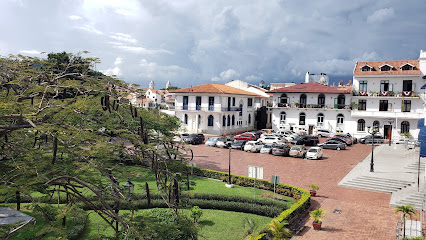
Plaza Herrera
Explore Plaza Herrera: A vibrant park in the heart of Panama City, rich in history and local culture, perfect for relaxation and discovery.
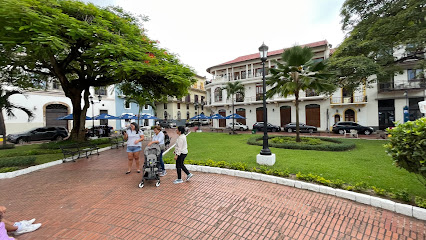
Town Square of Casco Antiguo
Discover the charm of Casco Antiguo's Town Square, a vibrant hub of culture, history, and delicious local cuisine in Panama City.
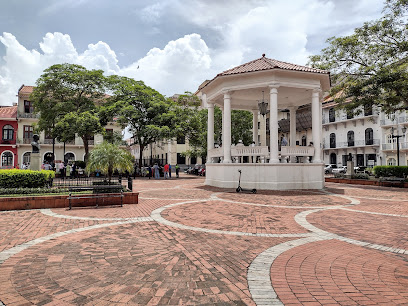
Independence Square
Discover the historical charm and vibrant atmosphere of Independence Square, a must-visit park in Panama City celebrating its rich cultural heritage.
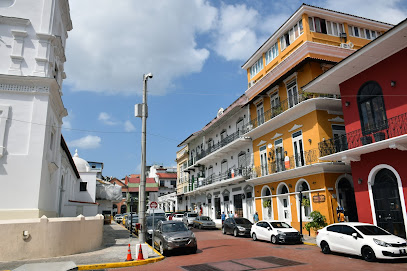
Arco Chato
Discover the historical charm of Arco Chato, an iconic landmark in Panama City that embodies the city's rich cultural heritage and architectural beauty.
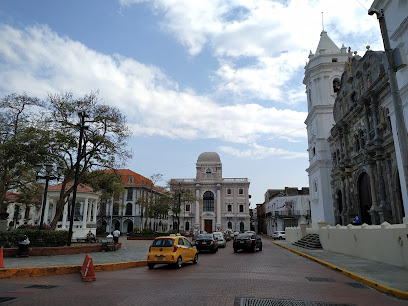
Paseo de Las Bóvedas
Explore the rich history and stunning views of Paseo de Las Bóvedas, a perfect blend of culture, art, and waterfront charm in Panama City.
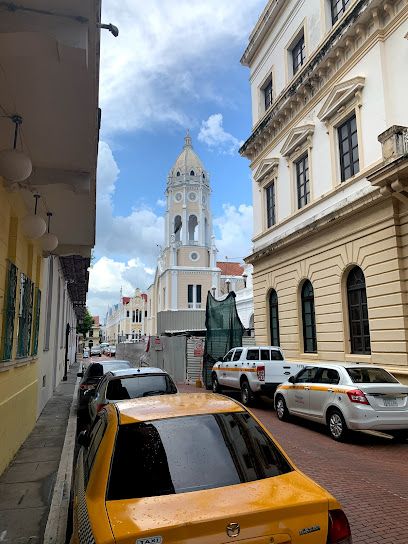
Casco antiguo
Discover the enchanting Casco Antiguo, a historic district in Panama City known for its stunning architecture, vibrant culture, and rich history.
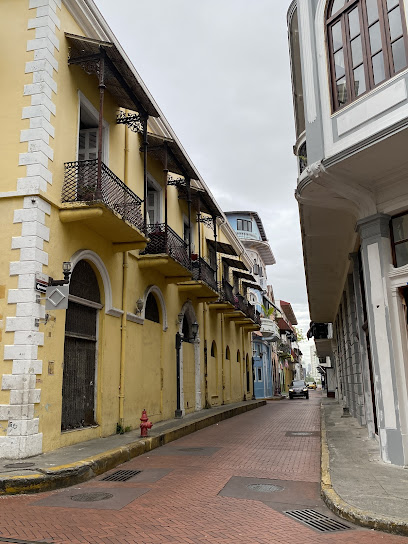
Convento de Santo Domingo
Discover the rich history and stunning architecture of the Convento de Santo Domingo, a must-visit historical landmark in Panama City.

Monumento al canal de Panama
Explore the rich history of the Panama Canal at the Monumento al Canal de Panamá, a stunning landmark offering breathtaking views and cultural insight.
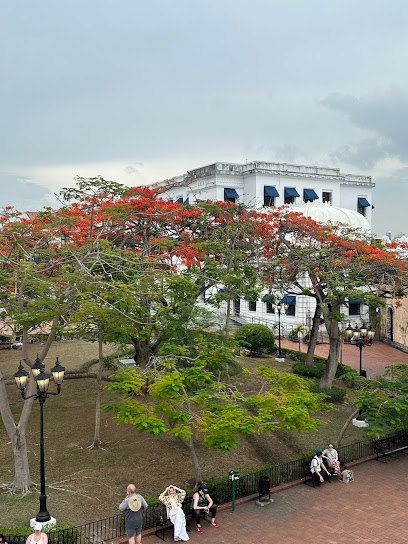
El Boquete
Experience the breathtaking beauty and vibrant culture of El Boquete, a must-visit tourist attraction in Panama's lush landscapes.
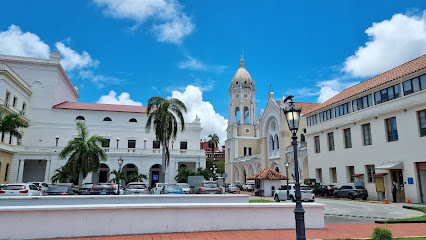
Unmissable attractions to see
Town Square of Casco Antiguo
Discover the vibrant Town Square of Casco Antiguo, a cultural hotspot in Panama City with rich history, lively atmosphere, and scrumptious local cuisine.
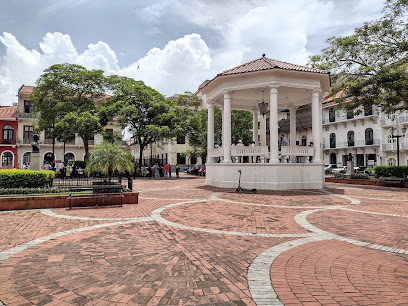
Casco antiguo
Discover the captivating blend of history, culture, and cuisine in Casco Antiguo, Panama City’s vibrant UNESCO World Heritage site.
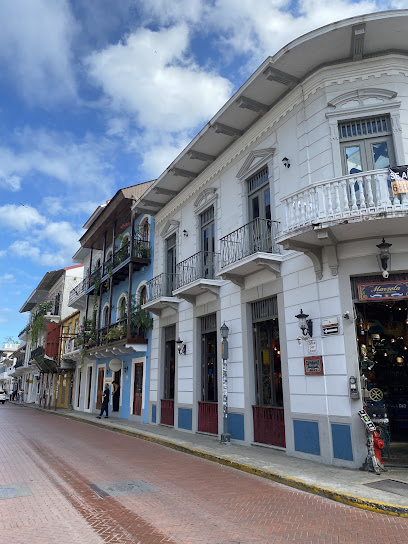
Casa Góngora
Explore Casa Góngora in Panama City for a unique glimpse into the rich cultural heritage and history of Panama, all within a charming colonial museum setting.

El Boquete
Experience the breathtaking beauty and vibrant culture of El Boquete, a top tourist attraction in Panama City, perfect for adventure and relaxation.
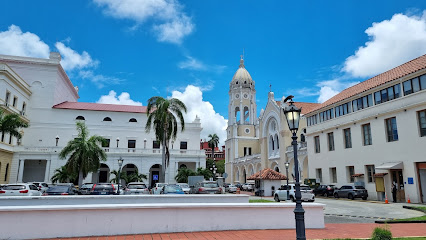
Essential places to dine
La Pulpería - Casco Antiguo
Discover La Pulpería - A Culinary Haven in Casco Antiguo Offering Exquisite Latin American Cuisine and Lively Atmosphere.
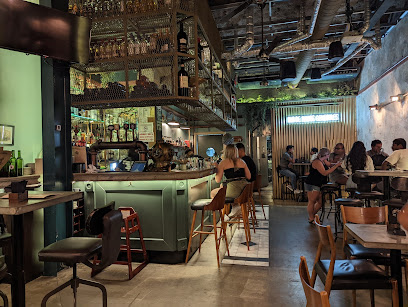
Fonda Lo Que Hay
Experience the vibrant flavors of Panama at Fonda Lo Que Hay – where tradition meets innovation in every dish.
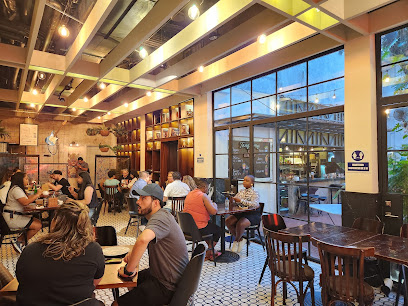
Lazotea Restaurant & Rooftop
Discover breathtaking views and exquisite cuisine at Lazotea Restaurant & Rooftop in Panama City - where every meal is a celebration of flavor.
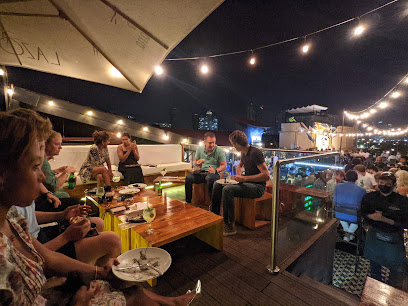
Restaurante Santa Rita
Experience authentic Argentinian cuisine at Restaurante Santa Rita in Panama City - home to delicious steaks and vibrant tapas.
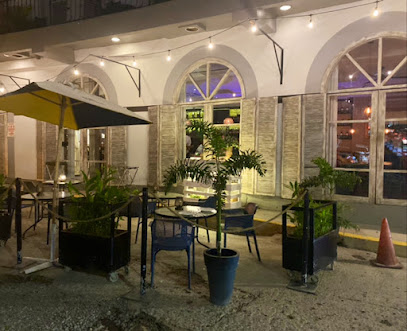
Restaurante Casablanca
Experience authentic Panamanian cuisine at Restaurante Casablanca, where every dish tells a story of flavor and tradition.
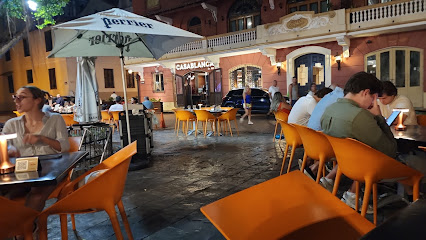
Nomada Eatery
Experience the best of Panamanian cuisine at Nomada Eatery in San Felipe - where tradition meets modernity in every dish.

Mahalo Cocina y Jardin
Experience the best of Panamanian cuisine amidst lush gardens at Mahalo Cocina y Jardin in Panama City.
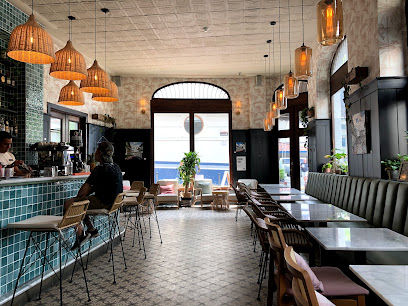
Finca Del Mar
Experience the flavors of Panama at Finca Del Mar, where fresh ingredients meet exquisite culinary artistry in a stunning setting.
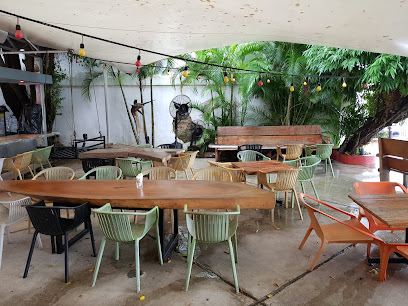
Casa Catedral | Restaurante
Discover Casa Catedral: A unique restaurant and bar experience blending Panamanian culture with exquisite cuisine in Panama City.
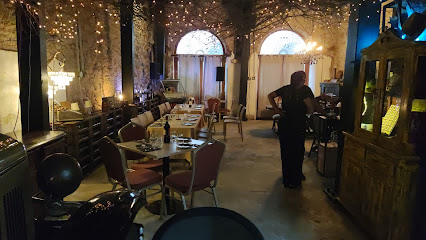
Marula Cocina Boutique
Discover Marula Cocina Boutique: A culinary treasure in Casco Viejo offering exquisite Panamanian cuisine amidst vibrant cultural heritage.
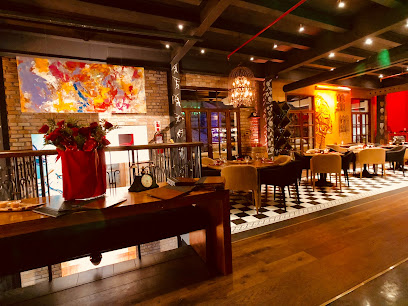
Markets, malls and hidden boutiques
Monsters Showroom
Explore the vibrant Monsters Showroom in Panama City for unique gifts, local art, and unforgettable souvenirs to cherish your travel memories.

TAD | Casco Antiguo
Explore TAD | Casco Antiguo, your go-to general store for local crafts, unique souvenirs, and a taste of Panama's rich heritage.

Mercadito Artesanias Catedral
Discover artisanal treasures and vibrant culture at Mercadito Artesanias Catedral in Panama City – a paradise for shoppers and culture enthusiasts.
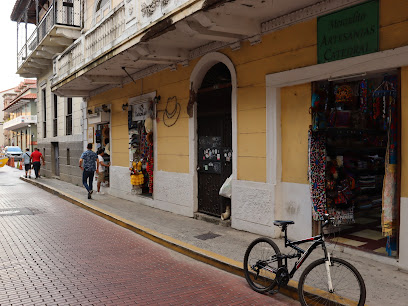
Artesanias El Farol
Explore the vibrant world of Panamanian crafts at Artesanias El Farol, your go-to destination for unique souvenirs and authentic artistry.
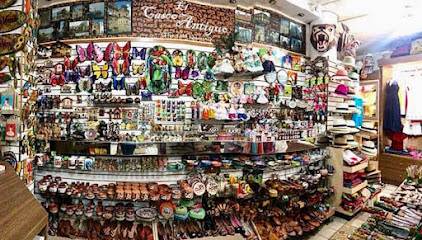
Xaman Studio | Festivals & Holidays store Panama | Casco Viejo | Kimono Panama
Explore Xaman Studio in Casco Viejo for exquisite kimonos and textiles that reflect the rich cultural heritage of Panama.
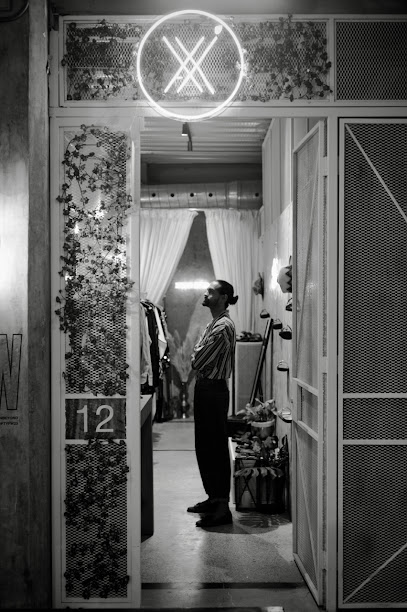
Michelle Ferrer Casco Viejo - Mario Saldaña Centro Cultural
Explore local artistry and cultural treasures at Michelle Ferrer Casco Viejo, a unique boutique in the heart of Panama City.

Kindly Shop
Explore the vibrant local culture at Kindly Shop in Panama City, where unique souvenirs and artisanal crafts await.
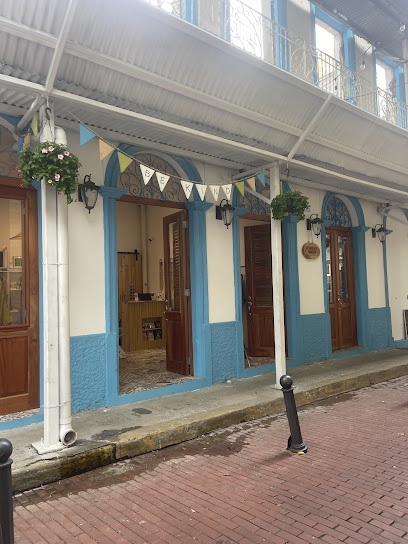
Bellas Artes Casco Antiguo
Explore the vibrant local crafts and art at Bellas Artes Casco Antiguo, a must-visit souvenir store in Panama City.
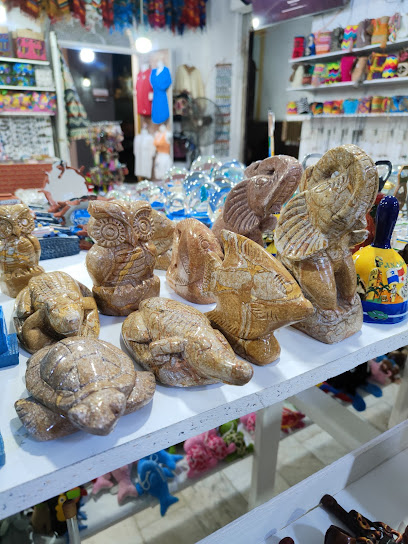
ANAI CASCO ANTIGUO
Explore the vibrant blend of tradition and modernity at Anai Casco Antiguo, Panama City's premier clothing store for unique fashion finds.
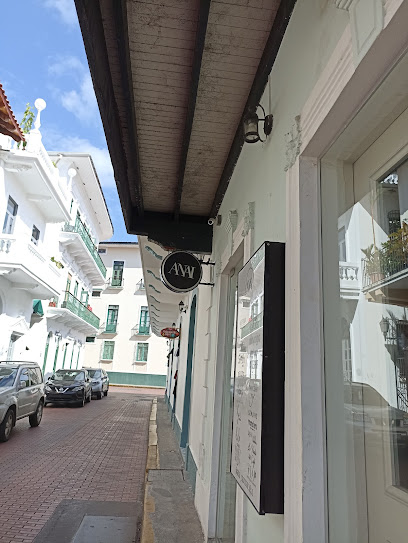
Guayaberas a la Medida Casco Viejo
Explore the charm of Panama with custom guayaberas in the heart of Casco Viejo, where tradition meets modern elegance.
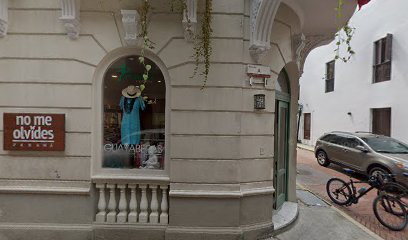
Essential bars & hidden hideouts
CasaCasco
Discover the vibrant fusion of flavors and nightlife at CasaCasco in Panama City, where culinary excellence meets a lively disco atmosphere.
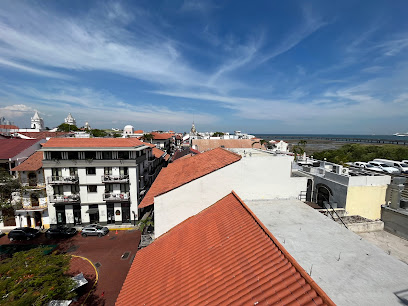
La Rana Dorada Casco
Experience the vibrant craft beer scene at La Rana Dorada Casco, a must-visit brewpub in the heart of Panama City’s historic Casco Antiguo.
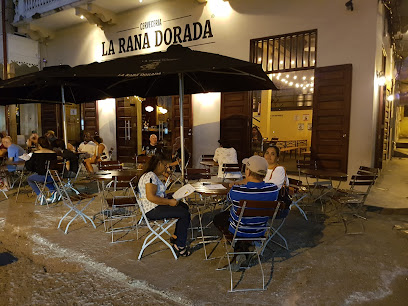
Blue Moon TapHouse Casco Viejo
Discover the vibrant nightlife at Blue Moon TapHouse, a premier bar in Casco Viejo, Panama City, offering local brews and crafted cocktails.
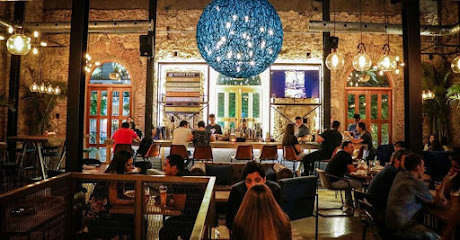
Pedro Mandinga Rum Bar
Immerse yourself in the vibrant culture of Panama with exquisite rum cocktails at Pedro Mandinga Rum Bar in Casco Antiguo.
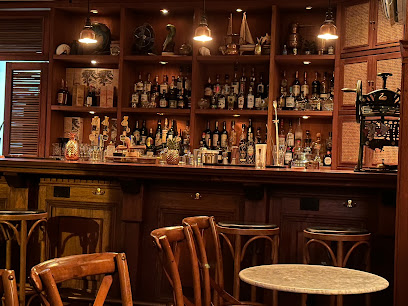
Chupitos 507
Discover the lively nightlife at Chupitos 507, a popular bar in Panama City, offering a unique selection of cocktails and an unforgettable atmosphere.
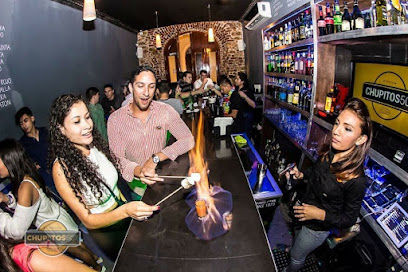
Element
Discover Element in Panama City for an unforgettable cocktail experience blending local flavors with a vibrant nightlife ambiance.
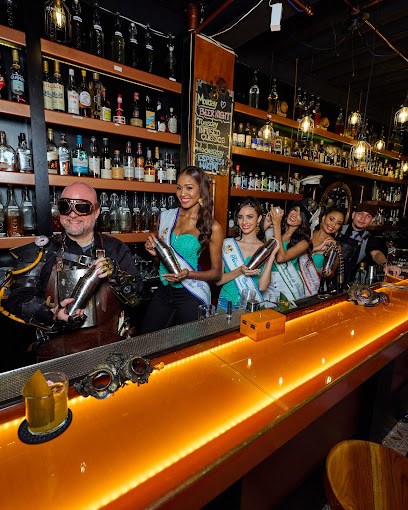
Sama Sky Lounge
Experience breathtaking sunsets and vibrant nightlife at Sama Sky Lounge, Panama City's premier cocktail bar with Italian cuisine and DJ entertainment.
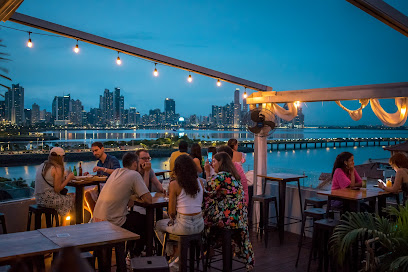
Vista Corona Panamá
Discover the vibrant nightlife and stunning rooftop views at Vista Corona Panamá, where Panama City comes alive under the stars.
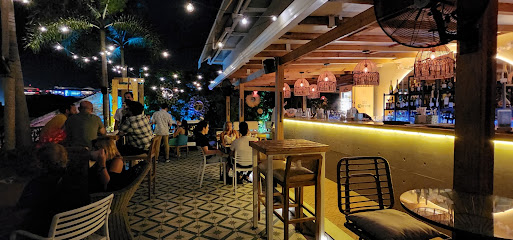
Dos Mojitos
Experience Panama City's vibrant nightlife at Dos Mojitos, where refreshing cocktails and a lively atmosphere create unforgettable moments.
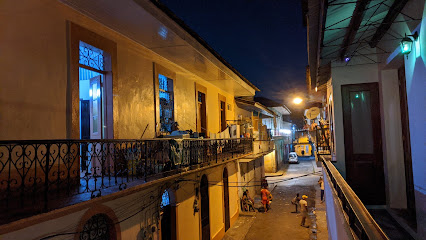
Alquimia Bar
Immerse yourself in the vibrant nightlife of Panama City at Alquimia Bar, known for its eclectic ambiance and exquisite cocktails.

Local Phrases
-
- HelloHola
[oh-lah] - GoodbyeAdiós
[ah-dee-ohs] - YesSí
[see] - NoNo
[noh] - Please/You're welcomePor favor/De nada
[pohr fah-bohr/deh nah-dah] - Thank youGracias
[grah-see-ahs] - Excuse me/SorryPerdón/Lo siento
[pehr-dohn/loh see-ehn-toh] - How are you?¿Cómo estás?
[koh-moh ehs-tahs] - Fine. And you?Bien. ¿Y tú?
[byen. ee too] - Do you speak English?¿Hablas inglés?
[ah-blahs een-glehs] - I don't understandNo entiendo
[noh ehn-tyen-doh]
- HelloHola
-
- I'd like to see the menu, pleaseMe gustaría ver el menú, por favor
[meh goos-tah-ree-ah behr ehl meh-noo, pohr fah-bohr] - I don't eat meatNo como carne
[noh koh-moh kahr-neh] - Cheers!¡Salud!
[sah-loohd] - I would like to pay, pleaseMe gustaría pagar, por favor
[meh goos-tah-ree-ah pah-gahr, pohr fah-bohr]
- I'd like to see the menu, pleaseMe gustaría ver el menú, por favor
-
- Help!¡Ayuda!
[ah-yoo-dah] - Go away!¡Fuera!
[fweh-rah] - Call the Police!¡Llama a la Policía!
[yah-mah ah lah poh-lee-see-ah] - Call a doctor!¡Llama a un médico!
[yah-mah ah oon meh-dee-koh] - I'm lostEstoy perdido
[ehs-toy pehr-dee-doh] - I'm illEstoy enfermo
[ehs-toy ehn-fehr-moh]
- Help!¡Ayuda!
-
- I'd like to buy...Me gustaría comprar...
[meh goos-tah-ree-ah kohm-prahr] - I'm just lookingSolo estoy mirando
[soh-loh ehs-toy mee-rahn-doh] - How much is it?¿Cuánto cuesta?
[kwan-toh kwehs-tah] - That's too expensiveEsto es muy caro
[ehs-toh ehs moo-ee kah-roh] - Can you lower the price?¿Puedes bajar el precio?
[pweh-dehs bah-hahr ehl pree-syoh]
- I'd like to buy...Me gustaría comprar...
-
- What time is it?¿Qué hora es?
[keh oh-rah ehs] - It's one o'clockEs la una
[ehs lah oo-nah] - Half past (10)Y media
[ee meh-dee-ah] - MorningMañana
[mah-nyah-nah] - AfternoonTarde
[tahr-deh] - EveningNoche
[noh-cheh] - YesterdayAyer
[ah-yehr] - TodayHoy
[oy] - TomorrowMañana
[mah-nyah-nah] - 1Uno
[oo-noh] - 2Dos
[dohs] - 3Tres
[trehs] - 4Cuatro
[kwah-troh] - 5Cinco
[seen-koh] - 6Seis
[says] - 7Siete
[syeh-teh] - 8Ocho
[oh-choh] - 9Nueve
[nweh-veh] - 10Diez
[dyehs]
- What time is it?¿Qué hora es?
-
- Where's a/the...?¿Dónde está el/la...?
[dohn-deh ehs-tah ehl/lah] - What's the address?¿Cuál es la dirección?
[kwal ehs lah dee-rehk-syohn] - Can you show me (on the map)?¿Puedes mostrarme (en el mapa)?
[pweh-dehs mohs-trahr-meh (ehn ehl mah-pah)] - When's the next (bus)?¿Cuándo es el próximo (autobús)?
[kwan-doh ehs ehl proh-ksee-moh (ow-toh-boos)] - A ticket (to ....)Un boleto (para ....)
[oon boh-leh-toh (pah-rah)]
- Where's a/the...?¿Dónde está el/la...?
History of Casco Viejo
-
Casco Viejo, also known as San Felipe, was established in 1673 after the original settlement of Panama Viejo was sacked by the pirate Henry Morgan in 1671. The Spanish Crown decided to relocate the city to a more defensible location, leading to the construction of Casco Viejo. This area became a key administrative and religious center, with the establishment of churches, plazas, and government buildings.
-
Throughout the 18th century, Casco Viejo experienced significant growth and development. The architecture of the neighborhood reflects a blend of Spanish colonial, neoclassical, and Art Deco styles. Important structures from this period include the Metropolitan Cathedral and the Palacio de las Garzas, which served as the presidential palace. The area's unique architectural heritage led to its designation as a UNESCO World Heritage Site in 1997.
-
In the late 19th century, Casco Viejo was influenced by the French attempt to construct a canal through Panama, which ultimately failed. However, this period introduced new cultural elements and a diverse population, including French expatriates. The subsequent American involvement in the construction of the Panama Canal in the early 20th century further transformed the area, bringing a mix of cultures and economic growth.
-
Following the completion of the Panama Canal in 1914, Casco Viejo began to decline as the focus shifted to the modern areas of Panama City. Many residents moved away, and the neighborhood fell into disrepair. Urban decay became prevalent, with buildings deteriorating and crime rates rising, leading to a significant loss of population and cultural vibrancy.
-
Starting in the late 20th century, efforts were made to revitalize Casco Viejo. Restoration projects aimed to preserve its historical architecture and promote tourism. This revitalization has sparked a cultural renaissance, attracting artists, restaurants, and boutique hotels, transforming Casco Viejo into a vibrant hub of activity while maintaining its historical charm.
Casco Viejo Essentials
-
Casco Viejo is easily accessible from various neighborhoods in Panama City. From the city center, you can take a taxi, which provides a convenient and direct route. Alternatively, the Metro has a station at 'Cinco de Mayo,' and from there, it’s a short taxi ride to Casco Viejo. Buses also operate from the Albrook Bus Terminal, but they may not be the most direct option.
-
Casco Viejo is best explored on foot due to its compact size and pedestrian-friendly streets. Many attractions, restaurants, and shops are within walking distance. Bicycle rentals are available, and some hotels offer bicycles for guests. While taxis are available, they may not be necessary for short distances within the neighborhood.
-
Casco Viejo is generally safe for tourists, especially during the daytime. However, it's advisable to avoid certain areas outside the main tourist zone after dark, particularly near the outskirts of the neighborhood. Always remain vigilant and keep your belongings secure, as petty theft can occur.
-
In case of an emergency, dial 911 for police, fire, or medical assistance. The nearest hospital to Casco Viejo is Hospital Santo Tomás, located a short taxi ride away. It is recommended to have comprehensive travel insurance that covers emergencies. Pharmacies are also available within the neighborhood for minor health issues.
-
Fashion: Do wear comfortable shoes for walking and dress appropriately for visiting religious sites. Don’t wear revealing clothing. Religion: Do respect local customs, particularly when visiting churches. Don’t take photographs where prohibited. Public Transport: Do be courteous on public transport, and don’t engage in loud conversations. Greetings: Do greet locals with a smile, and don’t forget to say 'buenas' (hello) when entering shops. Eating & Drinking: Do try local dishes and beverages, particularly in small eateries. Don’t waste food, as it is considered disrespectful.
-
To experience Casco Viejo like a local, visit the local markets for fresh produce and artisan goods. Engage with local vendors and residents, as they often share stories about the area’s rich history. Don’t miss the sunset views from the Cinta Costera, a popular promenade that offers stunning vistas of the skyline and Casco Viejo. Consider taking a guided walking tour to delve deeper into the neighborhood's history and architecture.
Nearby Cities to Casco Viejo
-
Things To Do in Colon
-
Things To Do in Portobelo
-
Things To Do in San Blas Islands
-
Things To Do in Chitre
-
Things To Do in Las Tablas
-
Things To Do in Bocas del Toro
-
Things To Do in Boquete
-
Things To Do in David
-
Things To Do in Volcan
-
Things To Do in Puerto Viejo
-
Things To Do in Sincelejo
-
Things To Do in Cartagena
-
Things To Do in Manuel Antonio
-
Things To Do in San Jose
-
Things To Do in Medellín

